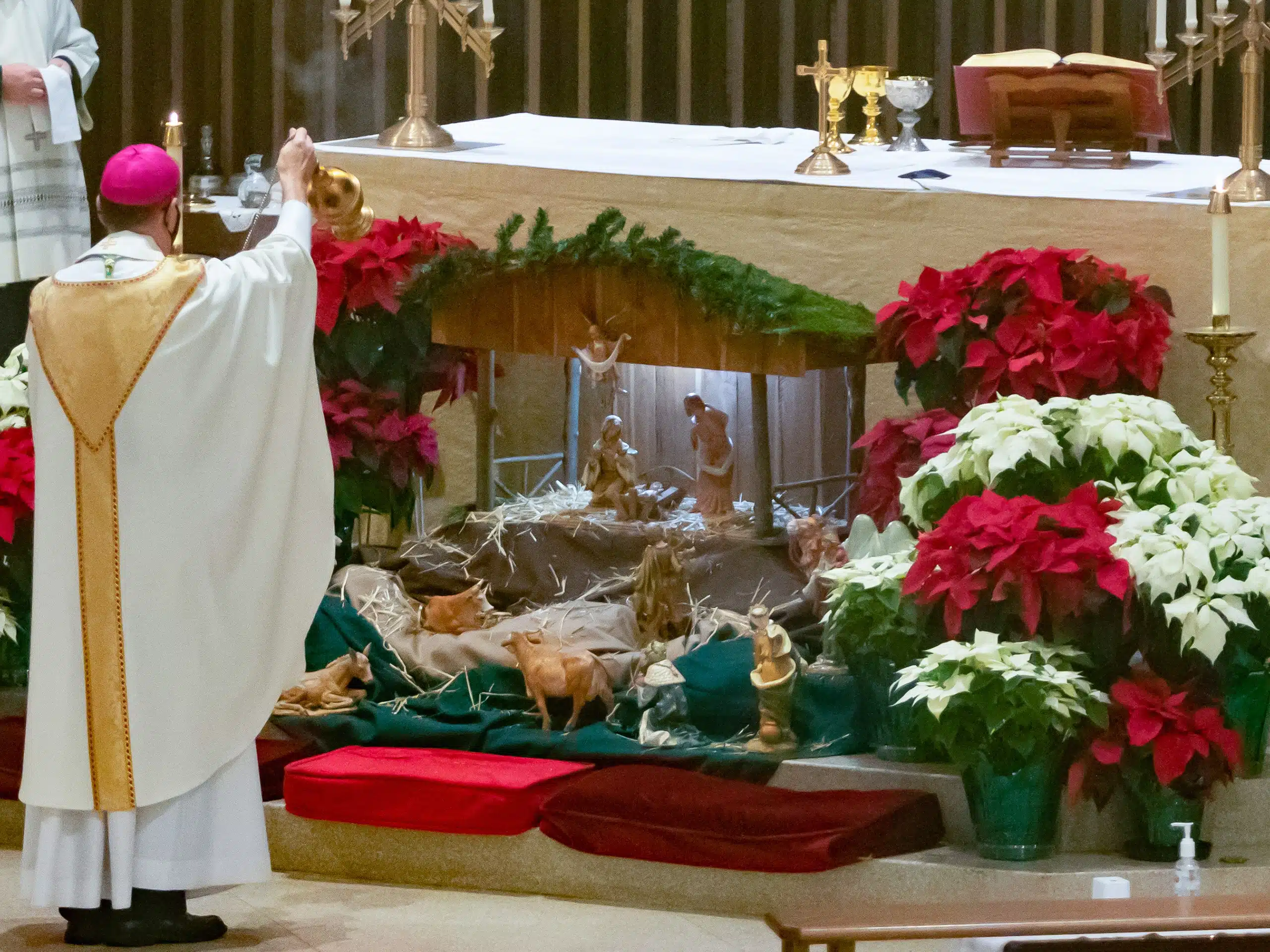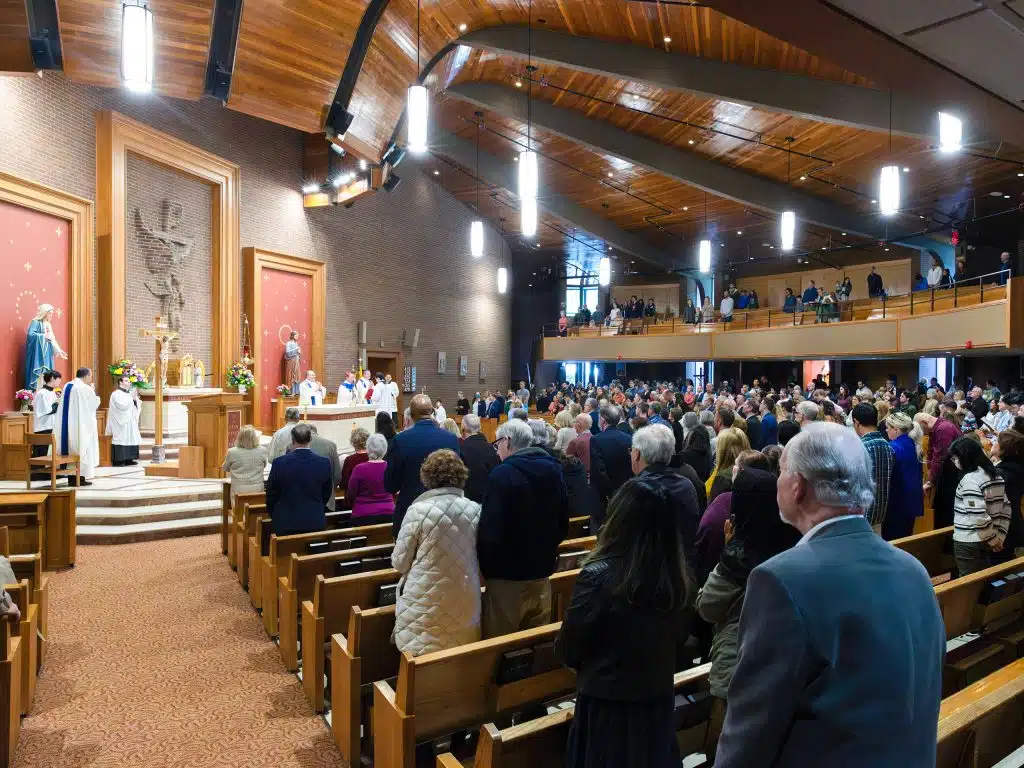One Christmas when I was working in Rome, I picked up “The Life of Mary as Seen by the Mystics,” a book of writings compiled by Raphael Brown (1912-2000). Originally published in 1951, it has since been reprinted.
This volume, which has an imprimatur, is a collection of private revelations from St. Elizabeth of Schoenau, St. Bridget of Sweden, Blessed Anna Catherine Emmerich and Venerable Mary of Jesus of Agreda.
Private revelations neither add to nor subtract from Divine Revelation, which is also called the Deposit of Faith and the Word of God — Sacred Scripture and the apostolic tradition taken together.
Although I tend to be initially cautious of private revelations of which I’m unfamiliar, I read this book with interest. I was edified by what the four women claimed to have understood. I was especially taken by what the quartet of mystics described about the early life of Jesus at Bethlehem, the period in Egypt and how the Holy Family surrendered to God’s wise plan.
Of course, one isn’t bound to accept as true these presentations by the mystics; however, there could be some good “spiritual reading” herein to be had that doesn’t conflict with Divine Revelation.
For example, one of the mystics related that shortly before Jesus was born, Mary and Joseph recited some prayers together, after which Joseph prepared the manger with straw and moss and then placed a cloth over it. He withdrew to the entrance of the cave and began to sleep. Our Lady, for her part, knelt in the cave, raised her eyes to heaven and joined her hands at her breast. At midnight, the infant was born. Realizing that she had been delivered without any pain or injury to herself, Mary bowed her head, covered the body of Jesus with a cloth and exclaimed: “Welcome, my God, and my Lord, and my Son!” Mary then clasped Jesus to her heart and called Joseph, who prostrated himself on the ground as he adored the newborn king.
This riveting account doesn’t seem far-fetched at all.
The Christmas mystery, simply put, is the Incarnation, which is one of the primary tenets of our Christian faith. The second person of the Blessed Trinity has taken flesh in the chaste womb of the Ever-Virgin Mary.
Jesus has come to us. He has pitched his tent among us and draws us to himself. His precious invitation to go to him is one we must not reject; we must respond affirmatively. He knows what will make us happy and holy. Only by clinging to him and his commands will we experience authentic contentment.
Only Christ can satisfy the deepest longing of our souls for everlasting life. Jesus is the only savior. Without him, we will not enter heaven.
Our souls must yield to the God who has become man. Our surrender to the Messiah is particularly demonstrated by our daily prayer, frequent and worthy reception of the sacraments, devotion to Our Lady and acts of charity and penance.
The more we understand the Incarnation, the more we can permit it to have a profound and abiding significance in our lives.
Our Blessed Mother, St. Joseph, the shepherds and the Magi who hurried to the rustic manger to behold the Prince of Peace were on to something. They knew that not just anyone occupied that humble bed of hay. The God-Man, the Incarnate Word (Logos) of the Father, had come to earth.
For this, we are grateful. And because of Christ’s love for us conveyed through the Incarnation, we have been forever changed.
Msgr. Mangan is on the faculty of Mt. St. Mary’s Seminary in Emmitsburg, Md.



Disconnected spirituality